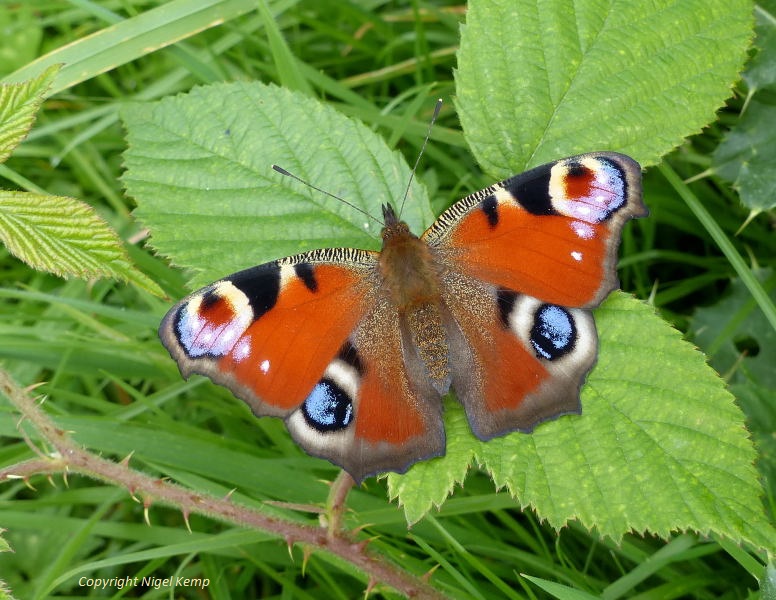The Clouded Yellow (Colias croceus) has been providing me with some end of season excitement on Pevensey Levels this week.
Essentially a migrant species, it arrives in the UK from the near continent in varying numbers most years. It is usually first seen in May and can produce home grown broods during August and October, depending on weather conditions. Over the last few days, I have watched lots of males quartering clover rich pastures in search of freshly emerged females with which to mate. I have also seen three females of the pale helice form which can account for about 10% of the female population. This form does not occur in the male.
Clouded Yellow (Colias croceus) (roosting male)
Clouded Yellow (C.croceus) (mating, with helice female)
Clouded Yellow (C.croceus) (freshly emerged male on clover)
Clouded Yellow (C.croceus) (males)
Clouded Yellow (C.croceus) (mating pair)
Clouded Yellow (C.croceus) (helice female)
Small Copper (Lycaena phlaeas) (female)
This Fen Raft Spider (Dolomedes plantarius) is the same female that was guarding her nursery web in my last post. Her spiderlings have now dispersed and she is enjoying some watery autumn sunshine.
Fen Raft Spider (Dolomedes plantarius) (female)
Shaggy Inkcap (Coprinus comatus)
These three photographs are of the same fungus taken on three consecutive days.
Parasol Mushroom (Lepiota procera)






















